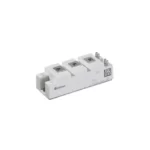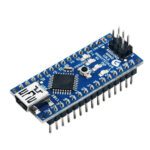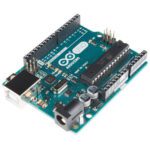
SENSORS
A sensor is a device that measures physical input from its environment and converts it into data that can be interpreted by either a human or a machine. Most sensors are electronic (the data is converted into electronic data), but some are more simple, such as a glass thermometer, which presents visual data.










 Resistors
Resistors
 Connectors
Connectors
 Capacitors
Capacitors
 Wires and Connectors
Wires and Connectors

















